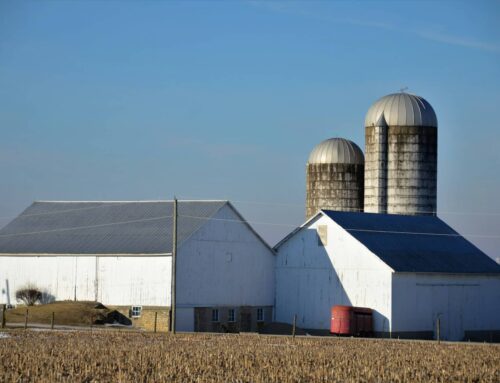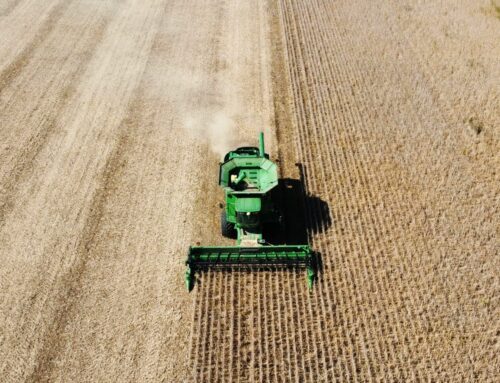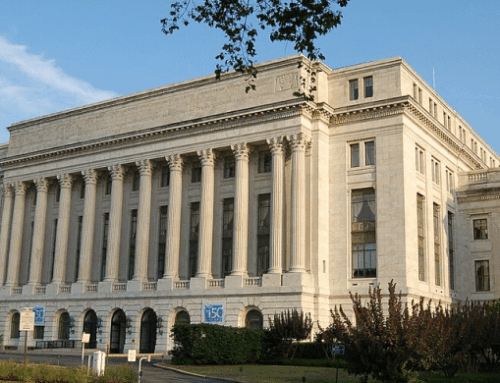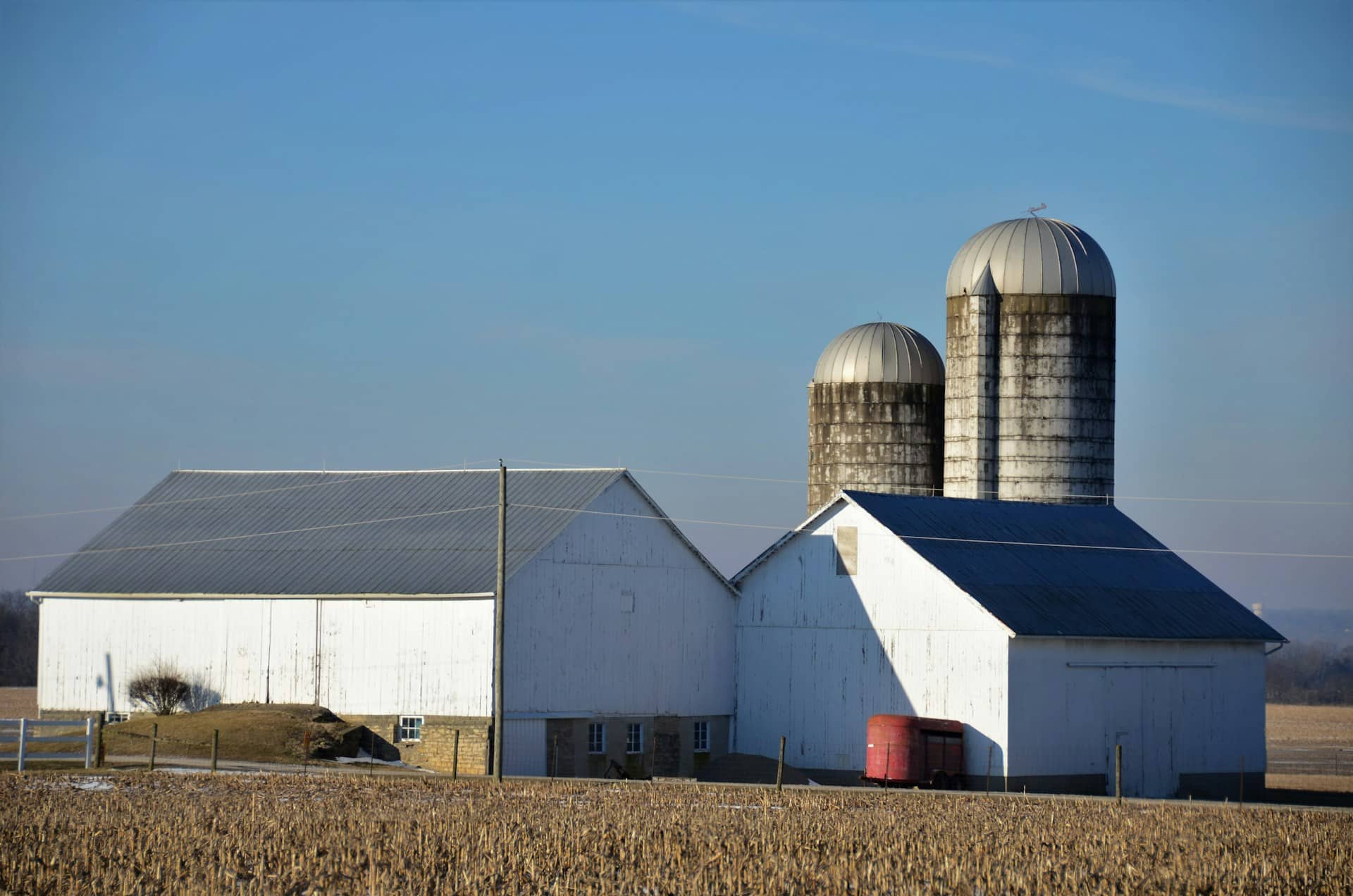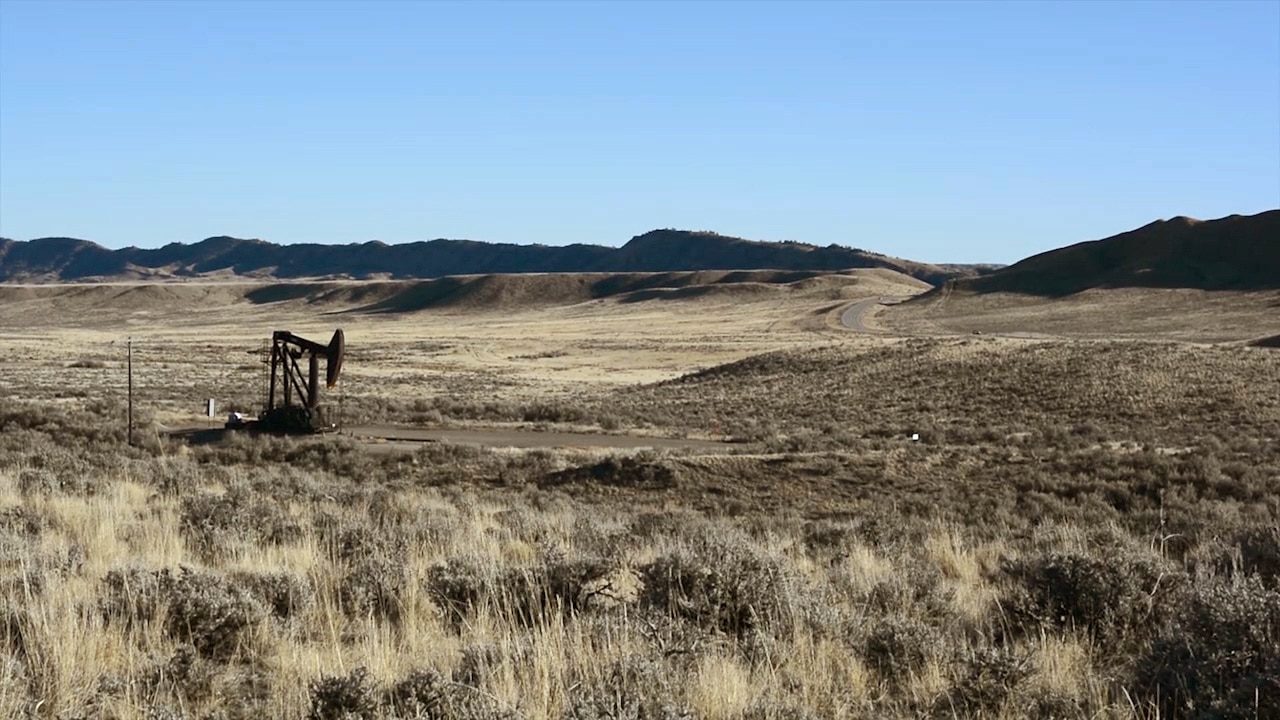Budget nerds hoping for a double dose of economic projections got lucky this week. With two major government reports released on the same day, it was like Christmas in February. Any embers of joy for fiscal conservatives quickly cooled, as these reports paint a stark picture of our nation’s financial challenges. Hope can spring eternal, however, if lawmakers react to this news by choosing taxpayers over special interests. The ideal place to start is in the expiring farm bill.
First, the U.S. Department of Agriculture’s Economic Research Service (USDA-ERS) Farm Income Forecast projects the U.S. agricultural economy will continue to fare well in 2024. Projecting $116 billion in net farm income (in other words income AFTER deducting expenses), this would represent 98.7 percent of the average annual income experienced the last twenty years. And since it comes on the heels of three consecutive years of historically unmatched profitability, including a record $196 billion in 2022, one would assume it’s good news. Yet Congressional chicken littles responded by demanding a massive increase in farm subsidies to save farmers from this crisis of expected normalcy.
Moving off the farm, also on February 7, Congress’s nonpartisan budget scorekeeper—the Congressional Budget Office (CBO)—released long-term projections on the state of the U.S. economy and the government’s fiscal outlook. Over the next decade the federal government is expected to rack up an additional $15 trillion in debt, reaching $50 trillion in 2033. And while CBO’s update shows the fiscal situation has actually slightly improved since its last report, due in large part to spending caps included in last year’s debt limit deal, it also lays out how the U.S. is expected to spend much more—$1.6 trillion to be exact—than the country will generate in revenue this year.
One great way to shrink this gap—known as the deficit—is to rein in wasteful, unnecessary farm subsidy spending. While this spending has ballooned over the past few years, it has not made agriculture more resilient to ongoing challenges with higher input costs, climate change, disasters, or high land prices. In fact, certain subsidies are making agriculture’s future less bright.
As part of its report, CBO released projections for future spending on farm subsidy programs in addition to the Supplemental Nutrition Assistance Program (SNAP). Reforming these programs, administered by USDA, are timely policy topics right now since they are affected by the five-year farm bill, currently up for reauthorization and on Congress’s growing to-do list.
A few take-aways from CBO’s new agriculture and SNAP ten-year projections include the following:
- SNAP costs are expected to decrease in coming years, to around $110 billion annually. Annual costs were higher during the COVID-19 pandemic and due to recent benefit calculation changes, through the Thrifty Food Plan, for instance.
- Highly subsidized federal crop insurance is expected to balloon in taxpayer costs over the next decade. When the 2018 farm bill was enacted, CBO projected around $8 billion in annual costs, but CBO updated its projections to $12.2 billion or more annually in coming years. The program has cost taxpayers record amounts in recent years. This is partially due to disasters reducing crop yields but also because the program sometimes pays farmers after a bountiful harvest. Crop insurance subsidies are available regardless of farm size or profitability, not transparent to taxpayers, and flow to millionaires and billionaires, in addition to private insurance companies. To underscore, SNAP benefits are means-tested to try to ensure only those who are in need receive assistance, but crop insurance is not.
- Farm subsidy spending from the 2018 farm bill (including crop insurance, farm bill disaster, and commodity subsidies) is expected to be $21 billion over budget. It’s not the first time a farm bill has ended up way over budget—far from it—and if some Members of Congress have their way to further increase subsidy levels in the next farm bill—it won’t be the last.
- Commodity Credit Corporation (CCC) slush fund spending at USDA has risen to new heights. The CCC is a depression-era legacy that provides off-budget, non-farm bill spending. Basically, the Secretary of Agriculture can more or less pull money out of thin air for pet projects. CBO is now projecting that USDA’s practice of spending taxpayer dollars without Congress’s approval will total $9 billion over the next three years. TCS has called out this runaway, special interest spending for years, benefiting everything from biofuels and cotton to seafood and trade.
Add it all together, and the 2018 farm bill is on pace to cost taxpayers a record $1.4 trillion from FY19-28, more than 50% over its originally advertised price.
An important question is if the $1.4 trillion in farm bill spending is achieving the outcomes Congress sought in 2018. We know from talking to farmers that certain farm subsidy spending could be axed altogether, benefiting both beginning farmers and our nation’s fiscal outlook. Scaling back subsidies for farmers planting crops on native grasslands and flood-prone land also makes sense.
Congress is currently debating what the right level of farm spending should be for the next farm bill. Whatever the level, it should be fiscally responsible, focused, and foster resilience instead of dependence on federal taxpayers. With the farm economy coming off some of its best years ever, Congress should heed advice from numerous independent analysts recommending ways to better focus farm bill supports in the hands of individuals who need them. Expanding farm subsidies for millionaires and billionaires, however, should not make the cut.
The sky isn’t falling in the farm economy. The U.S. fiscal outlook would benefit from Congress rejecting special interest calls to increase farm subsidies and instead, eliminating waste, increasing transparency, and improving program integrity in the next farm bill.


